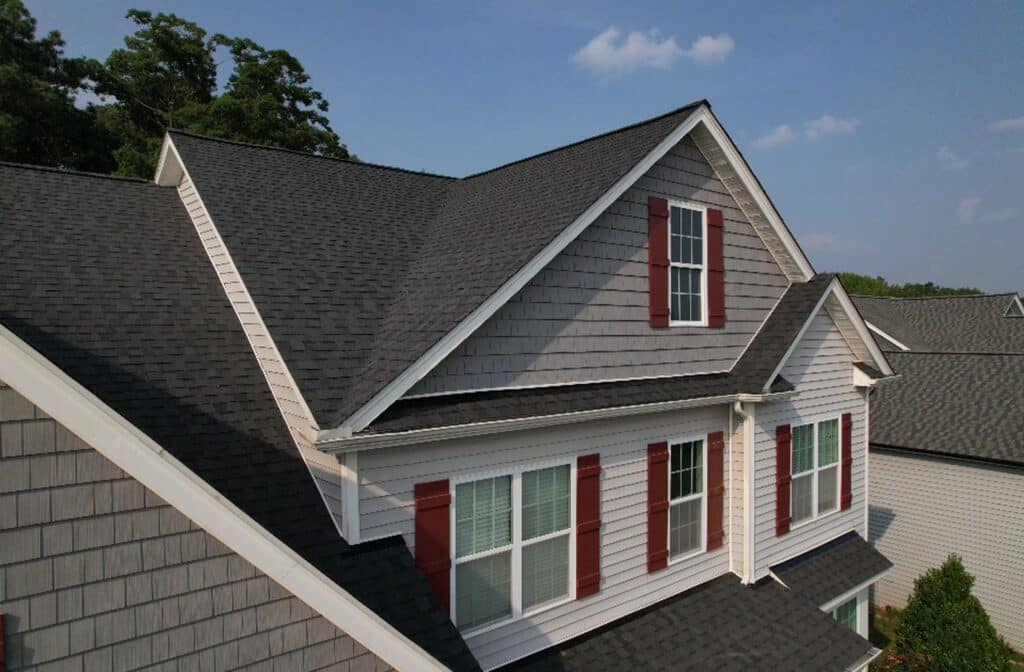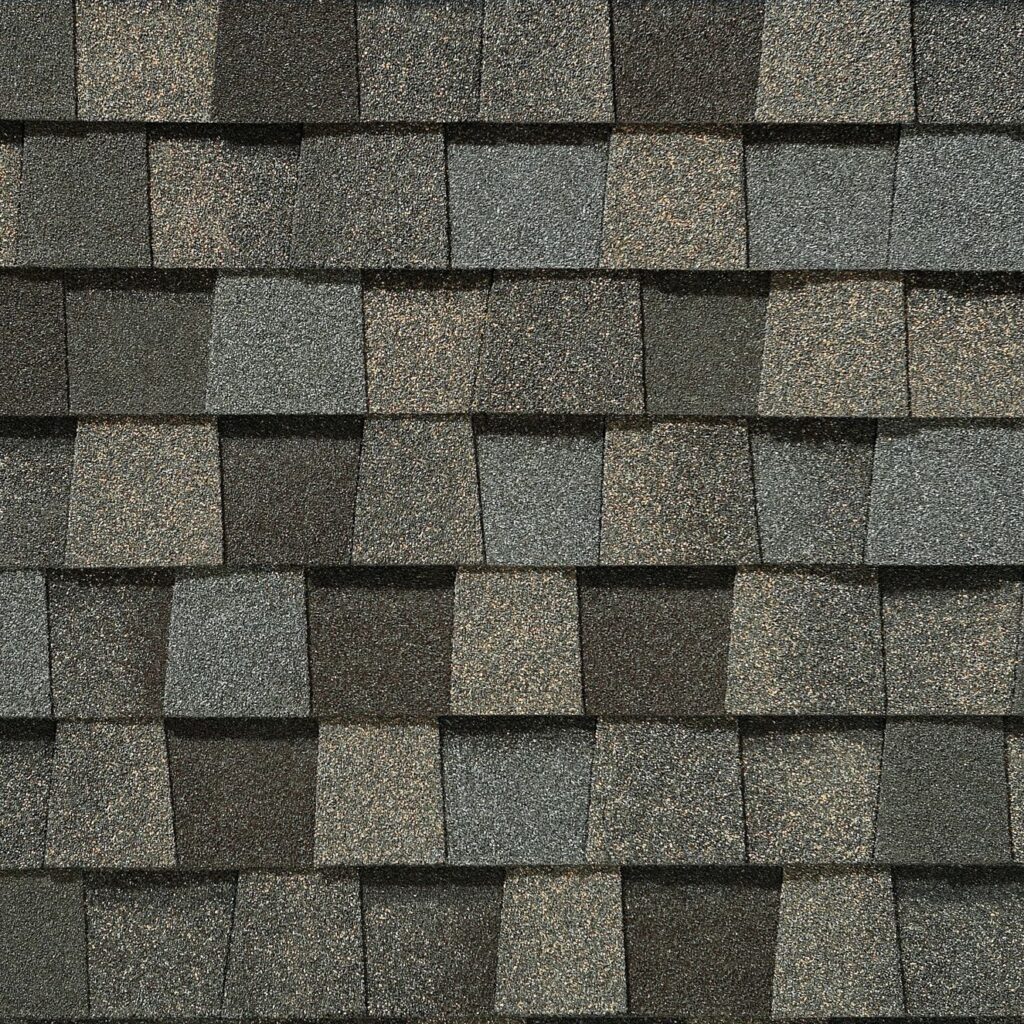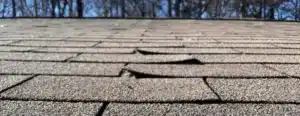Many Homeowners ask the question, “how long do roofs last?” when the concern of being faced with a major roof repair or roof replacement arises. Continue reading for some insight on how long you should expect your roof to last. After reading this post, you can also explore more information about how often roofs should be replaced to further assist in your roof replacement research.

The lifespan of roofs can vary significantly depending on various factors such as the material used, installation quality, climate, maintenance, and environmental conditions. Here’s a general overview of the lifespan of common types of roofing materials:
Asphalt Shingles:
Traditional 3-tab asphalt shingles: 15 to 20 years.
Architectural or dimensional asphalt shingles: 20 to 30 years.
Premium asphalt shingles: 25 to 30+ years.
Wood Shingles/Shakes:
Cedar shingles: 20 to 40 years.
Redwood shingles: 30 years or more with proper maintenance.
Metal Roofing:
Aluminum and steel roofs: 30 to 50 years.
Copper roofs: 50+ years.
Galvalume roofs: 30 to 45 years.
Clay Tile:
Spanish or mission-style clay tiles: 50 to 100 years.
Modern clay tiles: 50 to 70 years.
Concrete Tile:
Standard concrete tiles: 30 to 50 years.
High-quality concrete tiles: 50+ years.
Slate:
Natural slate: 50 to 100+ years, depending on quality and maintenance.
Synthetic Roofing Materials:
Synthetic slate or shake: 20 to 50 years, depending on quality.
It’s important to note that these are general estimates, and individual circumstances can significantly affect the actual lifespan of a roof. Regular maintenance, repairs, and proper installation can all extend the life of a roof, while factors like severe weather, poor ventilation, and neglect can shorten it. Additionally, warranties offered by manufacturers may provide coverage for a certain number of years, but the actual lifespan of the roof can vary. Consulting with a roofing professional can provide more specific guidance based on your location and roofing needs.

Roof maintenance should be performed regularly to ensure the longevity and integrity of your roof. The frequency of maintenance tasks can vary depending on factors such as the type of roofing material, local climate conditions, and the age of the roof. Here’s a general guideline for roof maintenance frequency:
Annual Inspection:
It’s advisable to conduct a thorough inspection of your roof at least once a year. This inspection should ideally be performed in the spring or fall when the weather is mild. During the inspection, look for signs of damage, such as missing or damaged shingles, flashing issues, and any areas where water might be pooling.
Seasonal Maintenance:
In addition to the annual inspection, certain maintenance tasks may need to be performed seasonally, particularly in areas with harsh weather conditions. For example:
Before winter: Ensure that your roof is free of debris to prevent ice dams and check for any loose or damaged shingles that could be susceptible to wind damage or leaks.
After winter: Inspect your roof for any damage caused by ice, snow, or freezing temperatures. Clear away any debris that may have accumulated during the winter months.
After Severe Weather Events:
Following severe weather events such as storms, hurricanes, or heavy winds, it’s essential to inspect your roof for damage promptly. Even if there are no visible signs of damage from the ground, it’s a good idea to have a professional roofer assess the condition of your roof to catch any potential issues early.
Regular roof maintenance is crucial for several reasons:
Preventive Maintenance:
Performing regular maintenance helps identify minor issues before they escalate into more significant problems. Addressing issues early can prevent costly repairs down the line.
Extend Roof Lifespan:
Regular maintenance, including cleaning, repairs, and inspections, can help extend the lifespan of your roof by identifying and addressing issues that could compromise its integrity.
Protect Property:
A well-maintained roof helps protect your home or building from water damage, leaks, mold growth, and other issues that can result from a compromised roof structure.
Preserve Warranty Coverage:
Many roofing warranties require regular maintenance to remain valid. By keeping up with maintenance tasks, you ensure that your roof remains covered under warranty in case of defects or failures.
Overall, investing time and resources into regular roof maintenance can save you money in the long run by preventing costly repairs and prolonging the life of your roof. If you’re unsure about how often maintenance should be performed or if you need assistance with roof repairs, it’s best to consult with a professional roofing contractor.




